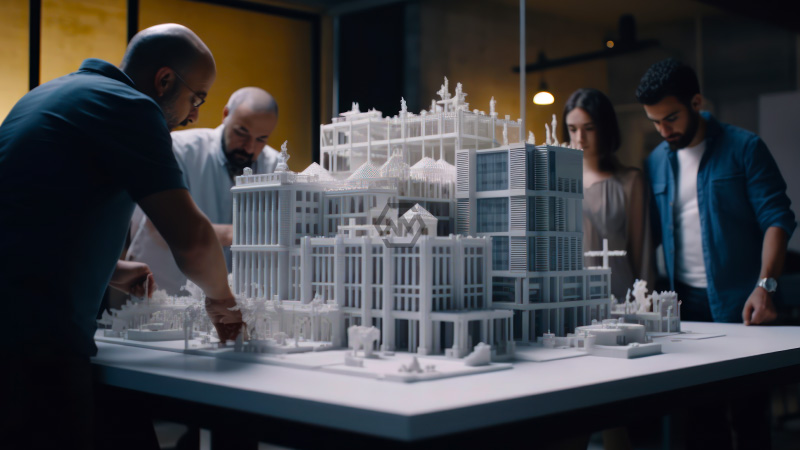3D printers are presently equipped for printing walls and handling concrete, polymer, metal, and different materials layer by layer. The utilization of innovation in development has started to find an ascent being used that has benefited and further developed processes in businesses like medical care, aviation, and auto.
As per a report distributed by United Statistical Surveying, the 3D printing development market was esteemed at $1.4bn in 2021 and is assessed to reach $750.8bn by 2031, developing at a build-yearly pace of 87.3% from 2022 to 2031.
3D Printers are Capable of Construction
The printers are completely computerized and constrained by programming, making the cycle quicker, more exact, and less inefficient than conventional strategies as well as eliminating the chance of human mistakes. This can prompt quicker culmination times, expanded efficiency, and further developed security.
Philip Lund-Nielsen, the fellow benefactor of 3D printer organization COBOD Global, says: “There are four critical advantages of 3D development printing: robotization, speed, further developed maintainability, and added plan opportunity.”
This is because it can’t yet address a few expense types, for example, getting done/surfaces, windows, entryways, and secret parts, for example, mechanicals, electrical, or plumbing.
- 3D printers utilized in development by and large fall into two classifications: gantry-style set-ups and automated arms.
- Gantry printers are the most well-known for on-location printing of whole structure structures.
- He adds that the innovation addresses up to 45% of the all-out cost of setting up private structures.
3D-printing development additionally empowers planners and creators to make structures with additional many-sided and complex plans that are challenging to accomplish with conventional strategies, prompting all the more tastefully satisfying and useful structures.
The innovation can lessen ecological effects by limiting waste and utilizing fewer materials. Also, 3D-printed structures can be intended to be more energy-effective and reasonable, diminishing expenses.
Nonetheless, there are difficulties with the take-up of 3D printing. As indicated by David Correra, research accomplice at United Examination, these incorporate restricted scale, administrative structures not yet existing, and a lack of abilities and information on innovation.



